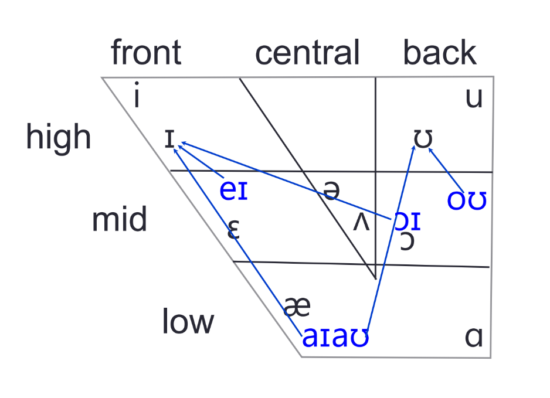Before you tackle this lesson, take some time to do a bit of research. See what you can find out about varieties of English spoken in North America. This needn’t be a vast amount of in-depth research, just spend about 20-30 minutes learning about what kinds of ’non-standard‘ English you might come across in: the South, the Mid-Atlantic, urban areas, or Appalachia. What is AAVE? How do these differ from Standard American English?

The United States of America is a very large country with a great diversity of speakers. You should have found in your research, and indeed you would have assumed before, that there is a wide range of accents and dialectical variety within American speech. While the focus of most language instruction will be on Standard American English, it is important to be aware of the distinctions. No doubt, in fact, you will have come across several varieties by watching popular films and series from the US. These variations are most noticeable in pronunciation, i.e. in regional accents, rather than in vocabulary.
Accents are most noticeable in vowels, and even more so among diphthongs. Diphthongs are described as combinations of, or slides between, two vowels within a single syllable. Try saying can and then coin. Feel how the first is a single, short sound (if you don’t stretch it out too much) and the second actually entails a mid-syllable change in the positions of your tongue and lips. Try it again!
If you also looked at the post introducing vowels, you will recognize this chart. Here the common diphthongs of American English have been added. You can guess yourself by trying to pronounce again the /oi/ from coin, but here are the others as well. Beside the headchart which shows you how it is pronounced you can also listen to the sounds. Try to reproduce them as you listen!
You will notice that the diphthongs used in English tend to slide from lower, more open to higher and more closed. Some of them even end up on more rounded sounds. The chart above only shows you where the diphthongs start: here is one that show how they shift across the mouth.

Again, you can listen to the sounds above and repeat as many times as necessary to feel comfortable with them. For some more exercises on both understanding and producing diphthongs in American speech, watch this space!


